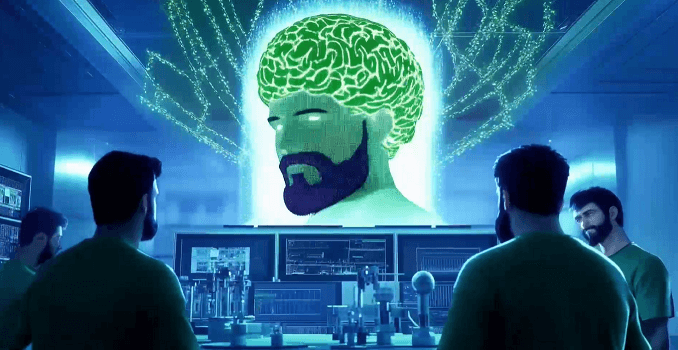Intel’s former Executive Vice President, Raja Koduri, has embarked on a groundbreaking venture with his newly established startup, Mihira AI. After departing from Intel in March 2023, Koduri’s latest endeavor is set to breathe life into what was once considered an “abandoned” project at Intel – Project Endgame.
In an exclusive interview with EE Times, Koduri unveiled his ambitious vision for Mihira AI, which aims to democratize access to compute power and artificial intelligence (AI) capabilities, particularly for content generation. This move signifies an exciting development in the realm of data center architecture and AI innovation.
Raja koduri’s intel stint and the birth of mihira AI
Raja Koduri’s association with Intel traces back to 2017 when he assumed the role of Chief Architect for Discrete GPUs. During his tenure, he played a pivotal role as Vice President and Chief Architect at Intel, focusing on pivotal areas such as graphics, AI, and processor technology advancements. His efforts aligned with Intel’s ambitious zettascale initiatives, memory enhancement projects, and architectural advancements.
However, the tech industry was abuzz when Koduri decided to part ways with Intel in early 2023. This departure laid the foundation for his subsequent venture, Mihira AI, which is poised to disrupt the AI landscape with renewed vigor.
Mihira AI’s vision: bridging the compute Gap
In his interview with EE Times, Raja Koduri unveiled the core mission of Mihira AI – making AI accessible to everyone. The startup aims to narrow the gap created by varying individual skill sets by providing equitable access to computing resources and AI capabilities. Mihira envisions a future where anyone, particularly content creators, can harness the power of AI without constraints.
Mihira AI is strategically positioning itself in the tech industry by focusing on three essential layers of services: CPU Computing for Rendering Applications: Mihira recognizes the importance of CPU computing in rendering applications, a critical component in the content generation landscape.
Heterogeneous AI Accelerators: AI accelerators play a pivotal role in enhancing AI performance. Mihira AI’s commitment to harnessing AI’s potential extends to these accelerators.
Catering to Gaming Workloads: Gaming is a burgeoning industry, and Mihira AI intends to cater to the increasing demands of gaming workloads.
Project endgame: A resurrected gem
One of the most significant revelations in Raja Koduri’s interview was Mihira AI’s licensing of Intel’s “canceled” Project Endgame. This project, once deemed revolutionary in the cloud services industry, encompasses a unified services layer that optimizes computing resources across various workloads. By integrating Project Endgame into Mihira’s portfolio, Koduri aims to leverage real-time scheduling capabilities and resource management for AI models.
Koduri expressed his optimism about the potential of Project Endgame, stating, “It’s a good starting point: There are some very interesting things we built there [at Intel].” He emphasized the advantages it offers for serving AI models effectively.
Mihira’s future vision: Access for all
Raja Koduri envisions Mihira AI as a game-changer in the tech industry, particularly for aspiring content creators. He believes that by providing access to state-of-the-art ray-tracing GPUs and AI models, Mihira can unlock untapped talent. The goal is to eliminate constraints posed by limited computing resources and tools.
In line with this vision, Mihira AI plans to introduce its initial hardware and software resources by the end of this year. This strategic timeline aligns with an expansion into the business community slated for the following year. The ambitious agenda of Mihira AI reflects its commitment to democratizing access to AI and compute power.





